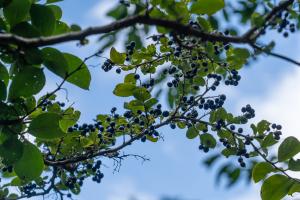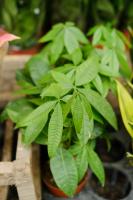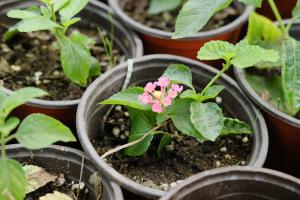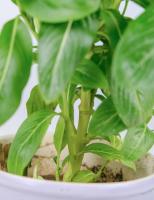When Planting Fig Trees:
Figs are an indulgent and nutritious fruit, rich in antioxidants and other beneficial dietary components. Fig trees can grow up to 50 feet, but can also be pruned to dwarf sizes. When planting fig trees, there are several factors that need to be taken into account to ensure survival and maximize yields. In this article, we will discuss the best time to plant fig trees, the ideal planting location, and the optimal soil type for growing figs.
Choosing The Right Time:
Choosing the right time to plant your fig tree is crucial for its survival. The best time to plant fig trees is in the late winter or early spring, before the new growth has started. This is when the tree is dormant and not actively growing, meaning it is less likely to suffer from transplant shock. Planting during this time also allows the tree to establish its root system before the hot summer months.
Choosing The Ideal Location:
Choosing the ideal planting location will help ensure your fig tree’s survival and maximize its growth. Figs require full sun exposure and thrive in warm climates. They do best in soil with good drainage and a pH of 6.0 to 6.5. It is important to avoid planting fig trees in low-lying areas where water tends to accumulate or areas that are prone to frost pockets. Make sure your planting location is in an area that does not have frost pockets and has well-draining soil. Proper air circulation is also important to minimize disease and insect problems.
Optimizing The Soil:
Fig trees require well-draining soil that is nutrient-rich. A soil that is too heavy in clay content will not drain well and can cause root rot. Mix organic matter, such as compost and aged manure, into the soil before planting to improve its drainage and nutrient content. A layer of mulch around the base of the tree can also help maintain moisture levels and reduce weed growth. It is essential to make sure that your fig tree is well-watered during its early stages of growth to establish a strong root system. Once established, fig trees are relatively drought tolerant.
Conclusion:
Planting fig trees can be an enjoyable and rewarding experience. By choosing the right time, planting location, and optimizing the soil, you can ensure a healthy and fruitful tree for years to come. With proper care and maintenance, your fig tree can provide you with a delicious crop of figs every year. Remember to water your tree weekly, prune it annually, and protect it during cold winters to ensure that it thrives and produces the best possible fruit.

 how many times do yo...
how many times do yo... how many planted tre...
how many planted tre... how many pine trees ...
how many pine trees ... how many pecan trees...
how many pecan trees... how many plants comp...
how many plants comp... how many plants can ...
how many plants can ... how many plants and ...
how many plants and ... how many pepper plan...
how many pepper plan...






























